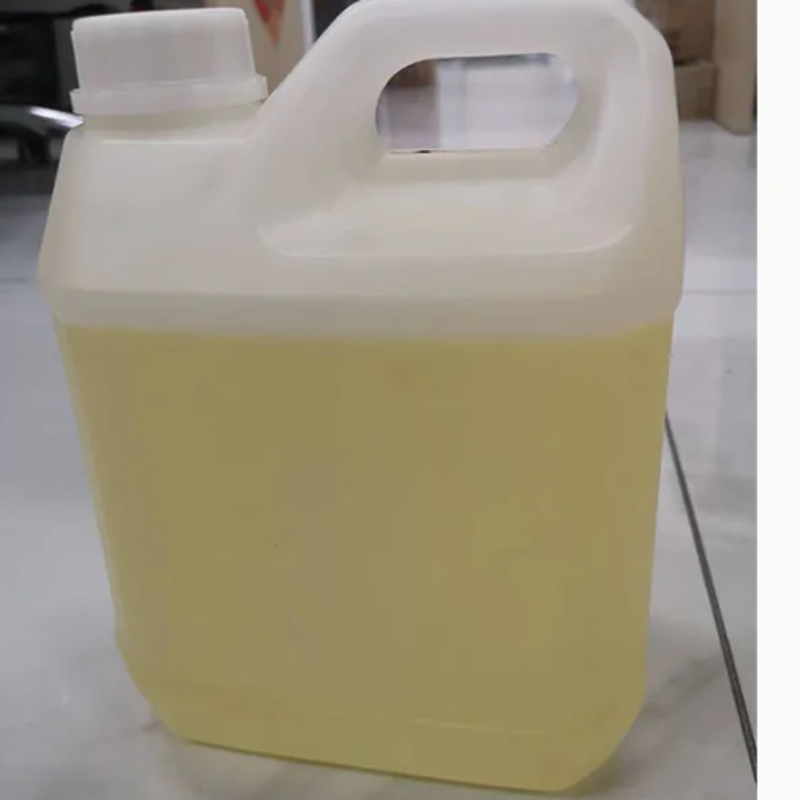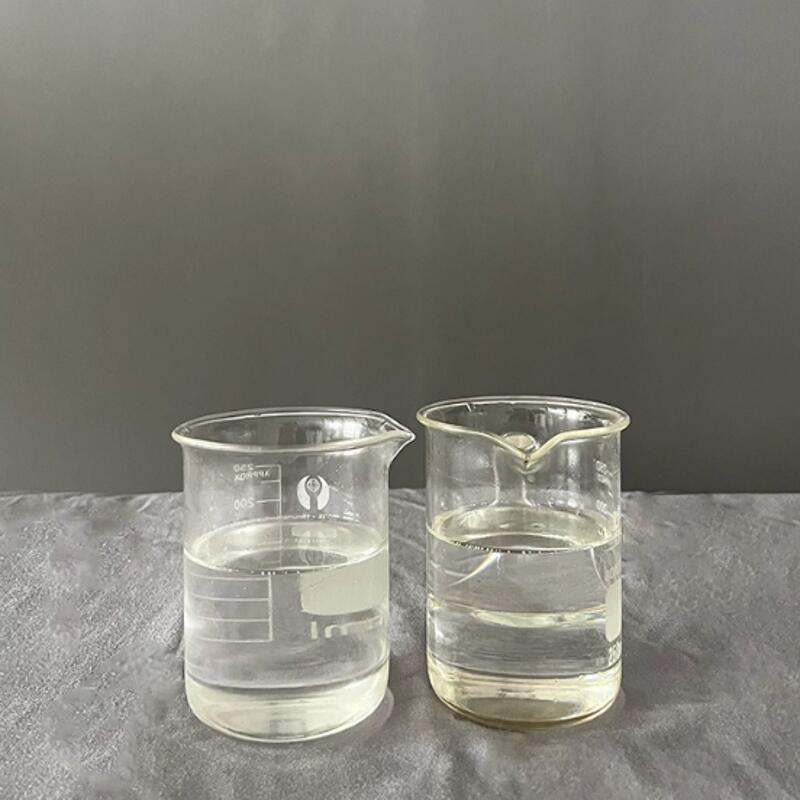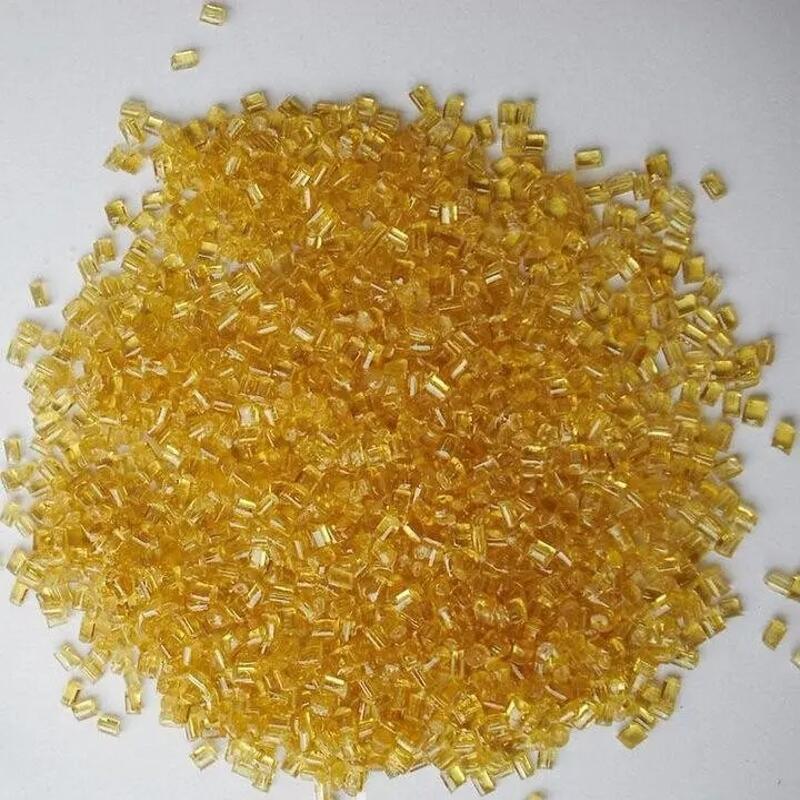-
Categories
-
Pharmaceutical Intermediates
-
Active Pharmaceutical Ingredients
-
Food Additives
- Industrial Coatings
- Agrochemicals
- Dyes and Pigments
- Surfactant
- Flavors and Fragrances
- Chemical Reagents
- Catalyst and Auxiliary
- Natural Products
- Inorganic Chemistry
-
Organic Chemistry
-
Biochemical Engineering
- Analytical Chemistry
-
Cosmetic Ingredient
- Water Treatment Chemical
-
Pharmaceutical Intermediates
Promotion
ECHEMI Mall
Wholesale
Weekly Price
Exhibition
News
-
Trade Service
On November 21, the 400,000 tons/year ethylene glycol project of National Energy Group Yulin Chemical Co.
The project adopts the independent technology of the National Energy Group, and is designed and constructed independently, and all the equipment has been localized.
The project adopts the independent technology of the National Energy Group, and is designed and constructed independently, and all the equipment has been localized.
On September 13 this year, General Secretary Xi Jinping visited the National Energy Group Yulin Chemical Ethylene Glycol Plant on-site and emphasized that the coal chemical industry has huge potential and great prospects.
It is understood that, unlike the traditional coal-to-ethylene glycol project, during the construction of this project, Yulin Chemical actively explored a new mode of coal-chemical integrated operation, and gave full play to the advantages of large-scale investment and intensive layout.
Compared with the coal-to-ethylene glycol plant of the same scale, the investment cost of the project is reduced by about 30%, and the complete product cost is reduced by about 20%
.
At the same time, in order to further extend the industrial chain and enhance the value chain, the company relies on dimethyl oxalate, an intermediate product of the ethylene glycol project, as a raw material to produce polyglycolic acid degradable plastics
.
Compared with traditional degradable plastics, the coal consumption per ton of polyglycolic acid degradable plastics can be reduced by about 50%, carbon dioxide emissions can be reduced by about 65%, and the industrial added value can be increased by 2 to 3 times
.







